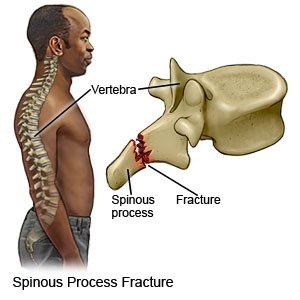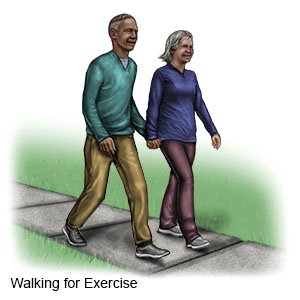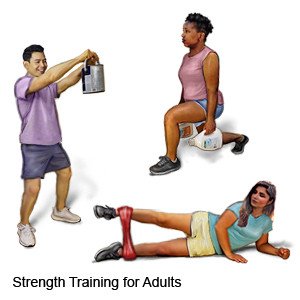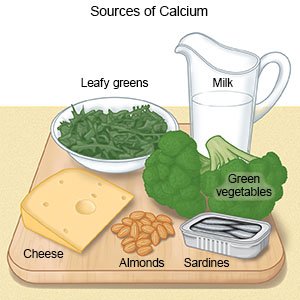Spinous Process Fracture
Medically reviewed by Drugs.com. Last updated on Apr 6, 2025.
What is a spinous process fracture?
A spinous process fracture is a break or crack in the back part of a vertebra. Muscles and ligaments in your back are attached to this part of the vertebra. When a vertebra is damaged, the spinal cord may also be damaged. Most spinous process fractures do not cause spinal cord damage.
 |
What increases my risk for a spinous process fracture?
- Older age
- Osteoporosis or low muscle mass
- Not wearing a seatbelt in a car accident
- Contact sports or a sport that causes you to twist your body
- Shoveling something heavy, such as snow or rocks
What are the signs and symptoms of a spinous process fracture?
Signs and symptoms depend on where the fracture happened and how severe it is:
- Sudden, sharp, stabbing pain that may be severe or worse when you move or breathe
- Dull pain that continues for several days or weeks
- Swollen, numb, bruised, or tingling skin over the fracture area
- Muscle weakness
- Trouble moving your body where the fracture happened
- Loss of bladder or bowel control
How is a spinous process fracture diagnosed?
Your healthcare provider will examine you and ask about your symptoms. Tell him or her how the injury happened. You may also need any of the following:
- X-rays may show a fracture and any injury to nearby muscles or tissues.
- MRI or CT scan pictures may be taken if a fracture seems likely but does not show up on x-rays. Contrast liquid may be used to help a fracture or injury show up better in the pictures. Tell the healthcare provider if you have ever had an allergic reaction to contrast liquid. Do not enter the MRI room with anything metal. Metal can cause serious damage. Tell the provider if you have any metal in or on your body.
How is a spinous process fracture treated?
- Medicine may be given or recommended to help with pain.
- A back brace or cervical collar may be used to keep you from moving the area. The brace or collar will support the fracture area until it heals.
- Surgery may be needed for the most serious fracture. Surgery is used to put pieces of bone back in place. The pieces may be held in place with screws or other medical hardware.
What can I do to manage my symptoms?
The fracture may take weeks or months to heal. The following can help manage your symptoms:
- Rest as directed. Rest will help the fracture heal. Avoid activities that can cause pain or more injury. Examples include sports or shoveling heavy objects. Begin normal, slow movements as directed by your healthcare provider. Your provider will tell you when it is okay to drive and to return to your normal activities.
- Apply ice to help decrease swelling and pain. Use an ice pack, or put crushed ice in a plastic bag. Cover it with a towel before you apply it to your skin. Apply ice for 15 to 20 minutes every hour or as directed.
- Go to physical therapy, if directed. A physical therapist teaches you exercises to help improve movement and strength, and to decrease pain.
What can I do to prevent more injury?
- Strengthen your muscles and bones. Weight-bearing activities such as walking helps strengthen bones. Activities that help strengthen muscles, such as weightlifting, help protect your bones. Your healthcare provider can help you create a safe physical activity plan. He or she can also help you manage any condition that weakens your bones, such as osteoporosis.


- Shovel objects safely. Keep the shovel close to your body to lower stress on your back. Bend your knees and lift by straightening your legs. Do not lift with your arms only. Move the shovel from one hand to the other so you work different muscles. Try not to lift the shovel above your waist. Take breaks often. Stand up and straighten your spine.
- Reach or maintain a healthy weight. Extra weight puts more stress on your neck and back. Your healthcare provider can help you create a safe weight loss plan, if needed.
- Get more calcium and vitamin D, as directed. Calcium and vitamin D work together to make bones stronger. Good sources of calcium are milk, cheese, broccoli, tofu, almonds, and canned salmon or sardines. Vitamin D is in fish oils, some vegetables, and fortified milk, cereal, or bread. Vitamin D is also formed in the skin when it is exposed to the sun.

- Lower your risk for injuries or accidents. Always wear a seatbelt when you are in a car or other vehicle. Wear proper protective gear when you play sports. Keep walkways in your home clear so you will not trip as you walk. Use handrails when you go up or down stairs.
Call your local emergency number (911 in the US) or have someone else call if:
- You feel lightheaded, short of breath, or have chest pain.
- You cough up blood.
- You cannot move your arms or legs.
When should I seek immediate care?
- Your arm or leg feels warm, tender, and painful. It may look swollen and red.
- You have new problems urinating or having bowel movements.
- You have severe pain.
When should I call my doctor?
- You cannot sleep or rest because of pain.
- You have pain or swelling that is getting worse or does not go away.
- You have questions or concerns about your condition or care.
Care Agreement
You have the right to help plan your care. Learn about your health condition and how it may be treated. Discuss treatment options with your healthcare providers to decide what care you want to receive. You always have the right to refuse treatment. The above information is an educational aid only. It is not intended as medical advice for individual conditions or treatments. Talk to your doctor, nurse or pharmacist before following any medical regimen to see if it is safe and effective for you.© Copyright Merative 2025 Information is for End User's use only and may not be sold, redistributed or otherwise used for commercial purposes.
Further information
Always consult your healthcare provider to ensure the information displayed on this page applies to your personal circumstances.
